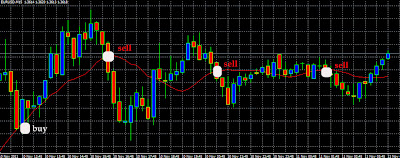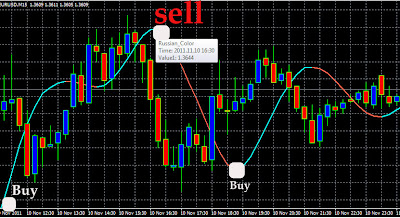The 15 Rules of Bollinger Bands
- Bollinger Bands provide a relative definition of high and low.
- That relative definition can be used to compare price action and indicator to arrive at rigorous buy and sell decisions.
- Appropriate indicators can be derived from momentum, volume, sentiment, open interest, inter-market data, etc.
- Volatility and trend have already been deployed in the construction of Bollinger Bands, so their use for confirmation of price action is not recommended.
- The indicators used for confirmation should not be directly related to one another. Two indicators from the same category do not increase confirmation. Avoid colinearity.
- ollinger Bands can also be used to clarify pure price patterns such as M-type; tops and W-type bottoms, momentum shifts, etc.
- rice can, and does, walk up the upper Bollinger Band and down the lower Bollinger Band.
- Closes outside the Bollinger Bands can be continuation signals, not reversal signals--as is demonstrated by the use of Bollinger Bands in some very successful volatility-breakout systems.
- The default parameters of 20 periods for the moving average and standard deviation calculations, and two standard deviations for the bandwidth are just that, defaults. The actual parameters needed for any given market/task may be different.
- The average deployed should not be the best one for crossovers. Rather, it should be descriptive of the intermediate-term trend.
- If the average is lengthened the number of standard deviations needs to be increased simultaneously; from 2 at 20 periods, to 2.1 at 50 periods. Likewise, if the average is shortened the number of standard deviations should be reduced; from 2 at 20 periods, to 1.9 at 10 periods.
- Bollinger Bands are based upon a simple moving average. This is because a simple moving average is used in the standard deviation calculation and we wish to be logically consistent.
- Be careful about making statistical assumptions based on the use of the Standard deviation calculation in the construction of the bands. The sample size in most deployments of Bollinger Bands is too small for statistical significance and the distributions involved are rarely normal.
- Indicators can be normalized with %b, eliminating fixed thresholds in the process.
- Finally, tags of the bands are just that, tags not signals. A tag of the Upper Bollinger Band is NOT in-and-of-itself a sell signal. A tag of the lower Bollinger Band is NOT in-and-of-itself a buy signal.










